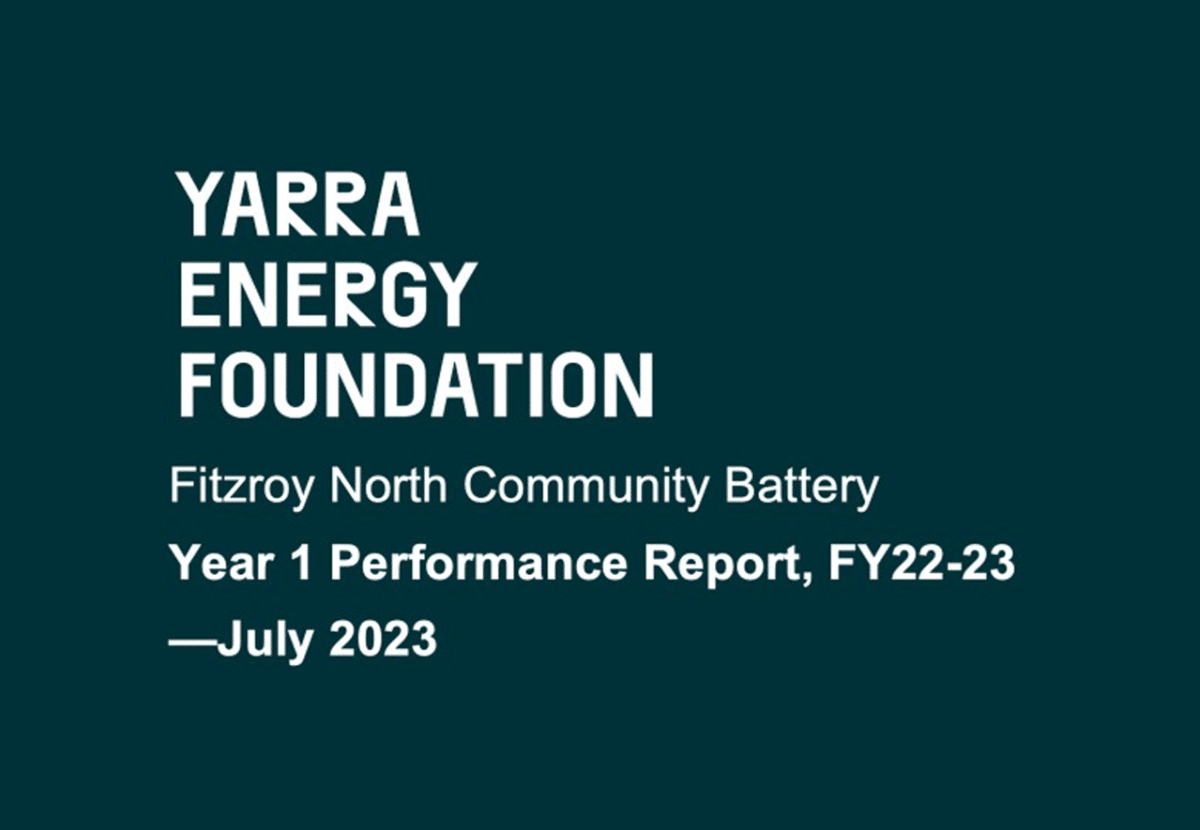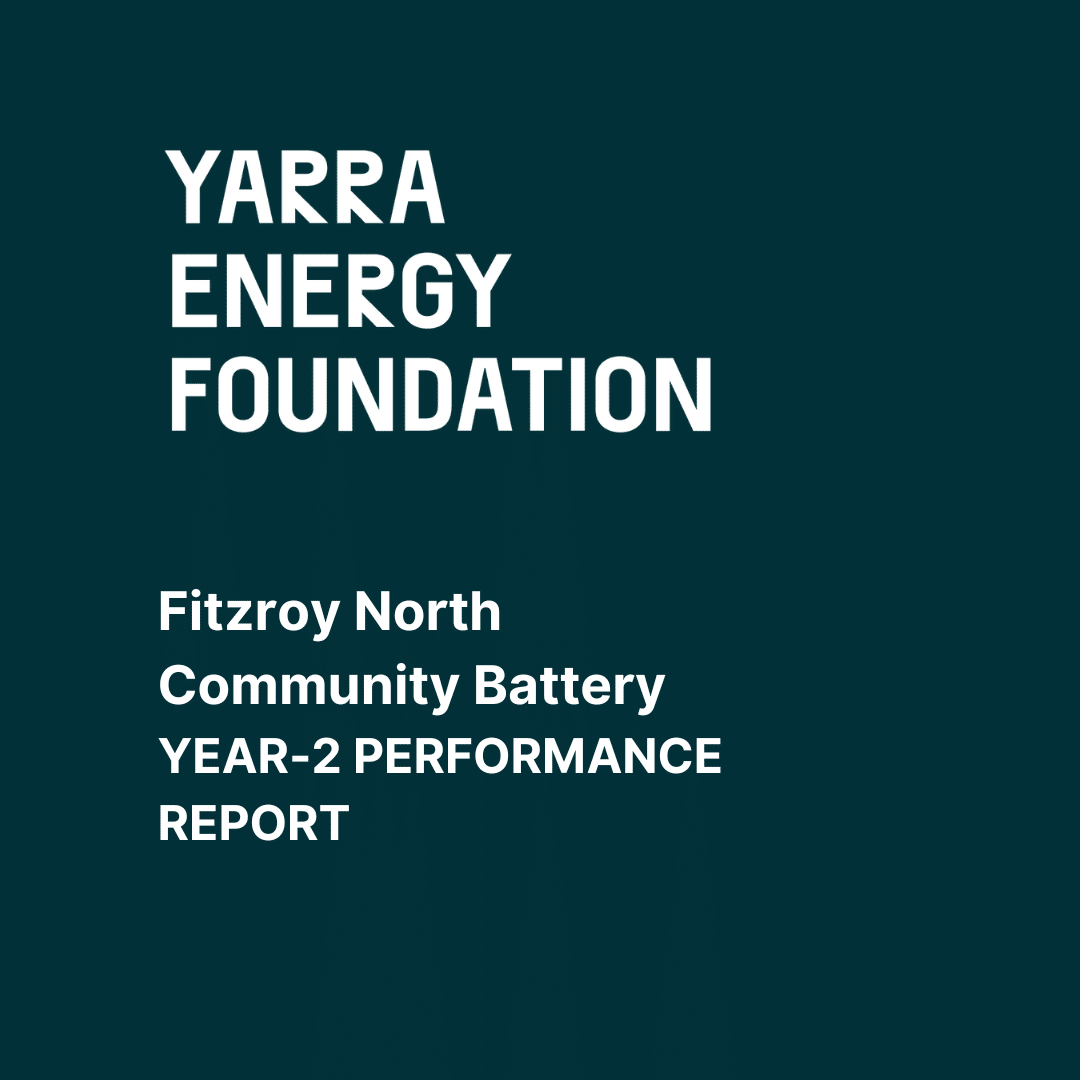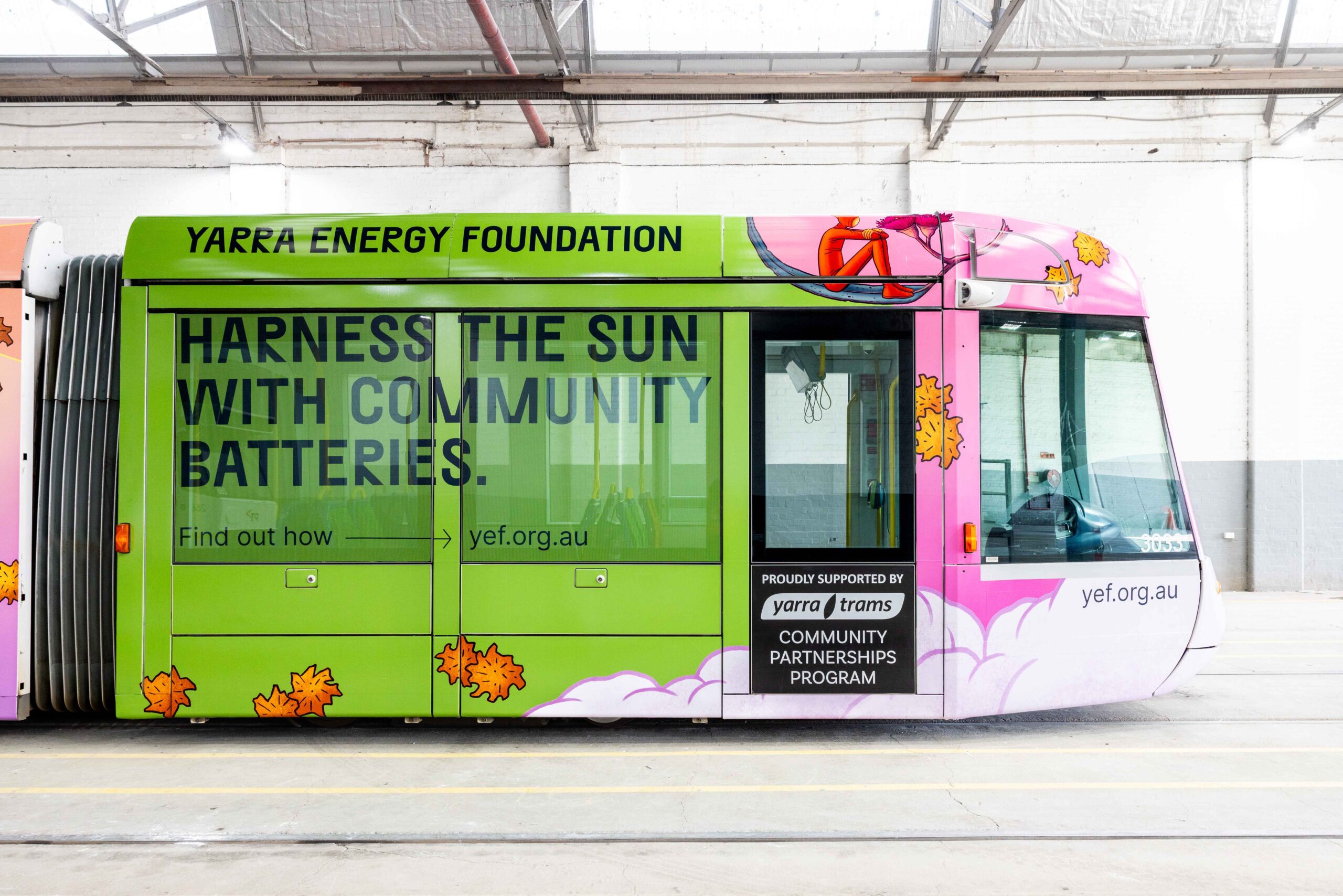YEF and project partners, including Yarra City Council, consulted widely with the broader Yarra community before conducting targeted engagement and consultation activities with the trial site residents and businesses.
YEF and Yarra City Council formed a Community Reference Group (CRG) made up of several local residents of Fitzroy North. The CRG met to discuss many aspects of the battery project including how community batteries work, what role they play in the energy transition, and how any concerns about noise and safety could be addressed. The CRG also informed the design and location of the community battery and impacted YEF’s decision-making at various points as the project progressed.
YEF engaged CitiPower, the local electricity network provider, as well as the Victorian Government’s Department of Environment, Land, Water and Planning (DELWP, now the Department of Energy, Environment and Climate Action – DEECA), and experts from the Battery Storage & Grid Integration Program (BSGIP) researchers at The Australian National University.
YEF also engaged community climate groups on community batteries through the Metropolitan Community Power Hub, which was a separate project led by YEF and funded by Sustainability Victoria.
The funding for this project was provided by the Victorian Government through the Neighbourhood Battery Initiative, and was announced in August 2021.






